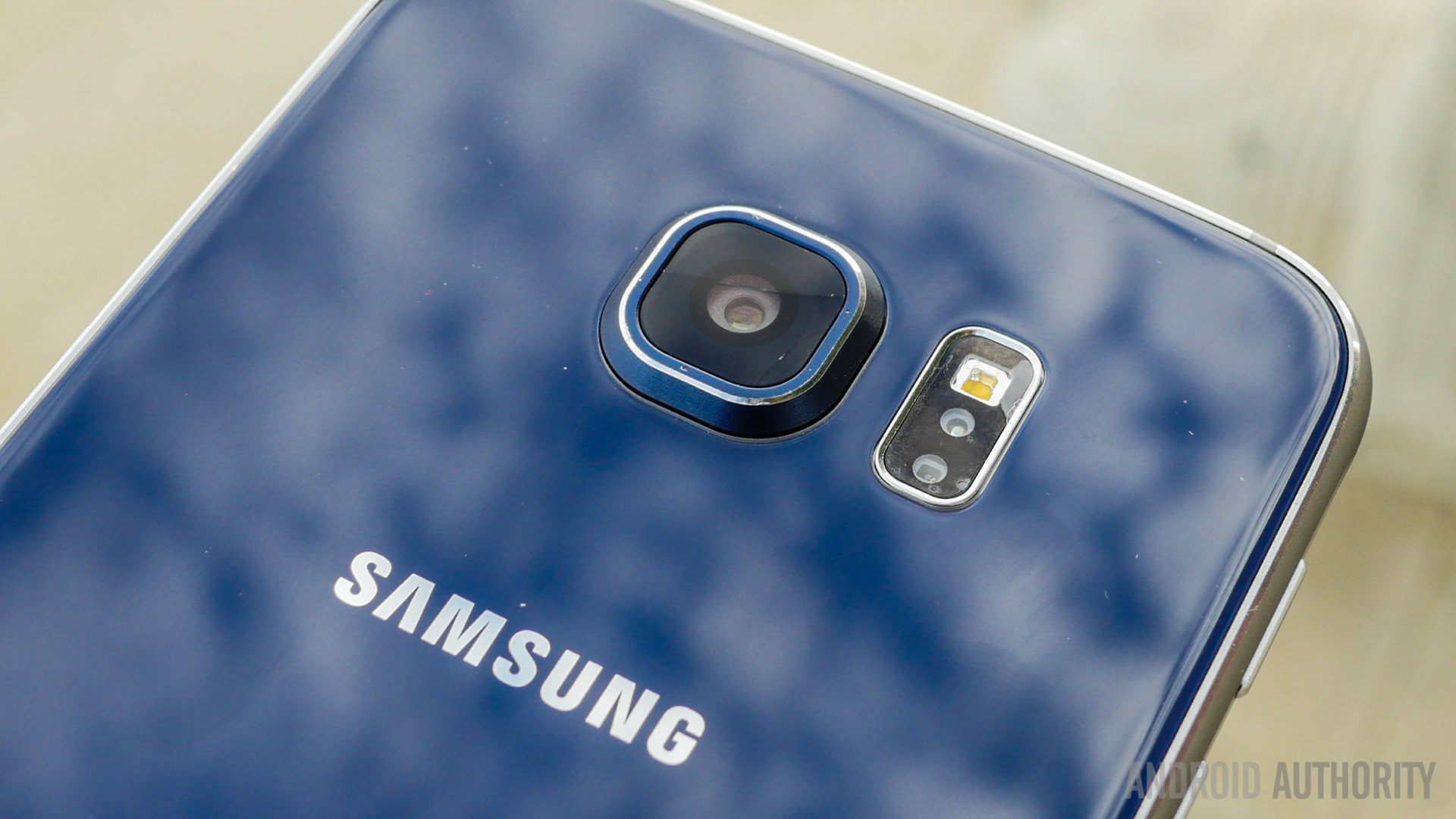Affiliate links on Android Authority may earn us a commission. Learn more.
Samsung Galaxy S6 and Galaxy S6 Edge Camera Shootout

Samsung flagships have always been among the top few when it comes to best smartphone camera lists, and Samsung continues to push the limits with their latest offerings. We’ve already given the latest flagships from Samsung, the Galaxy S6 and the Galaxy S6 Edge, the comprehensive review treatment, during which we were very impressed by the quality of the cameras of these two smartphones. Today, we’ll be taking an in-depth look at exactly how these cameras perform, in this Samsung Galaxy S6 and Galaxy S6 Edge camera shootout!
Given the fact that both these smartphones feature identical camera setups and features, the images and videos you’ll see in the video above and pictures below are a mix from both devices. As you may remember from the review, some of the shots taken during that time were with Auto HDR on, taking away the guesswork needed to decide whether HDR has to be on or not, and an indicator on the viewfinder lets you know whether it is when taking a shot. Another interesting and useful feature is the ability to take photos while shooting video, but it has to be mentioned that the photos will come out at with a 1080p resolution, instead of the much higher resolution possible with the 16 MP rear shooter.
The Galaxy S6 camera is definitely one of the best phones to have when taking pictures outdoors. With its f/1.9 aperture for both the front and back cameras, you will get great shots most of the time unless the lighting conditions are extremely poor. That said, a testament to how good an experience this camera provides while taking shots outdoors is in the fact that I didn’t really feel the need to use my DSLR camera to take high-quality photos.
The videos you will see will mostly be at the 1080p resolution, mostly to make sure that I was able to use all of the features of the Samsung camera, like HDR, and when shooting video at the 4K resolution, these features aren’t available to you. Good videos are possible with both the front and rear cameras, but a point to note is that some warping along the sides does occur from time to time, even with video stabilization on. Slow motion capture is also possible, with you being able to shoot a regular video with the slow motion mode activated, and then fine tune the level of the slow motion you want to see.
The 5 MP front-facing camera also comes with a f/1.9 aperture, allowing for a little bit of that nice depth of field in the background, and considering what has now become the primary purpose of the front-facing camera, you will certainly get some great looking selfies out of it. Speaking depth of field, the rear camera does a great job in taking shots with a nice depth of field look, very akin to what is possible with a DSLR shooter. You are able to pinpoint the portion of the shot you want to have in focus on the viewfinder, but you can also achieve the same effect by going into the Pro mode and using the manual focus slider, which is also a very nice touch.
Good panorama shots are also possible, but like with any panoramic camera, stitching problems come through very evidently if the subjects in the shot are moving around. But if you are taking a panorama shot of a still scene, the photo will certainly turn out great. The same holds true while taking panorama shots with the front-facing camera as well, and save for very low light conditions, you will be able to manage some fun “wide selfies,” that will allow you to fit your whole group into a single photo. It does require some care though, and you may need a few tries to take a shot in which the signs of stitching are kept to a minimum.
If you are a little more familiar with the intricacies of photography, you can get a lot of benefit out of the Pro mode that is available. One thing to keep in mind when trying to increase the exposure is to keep the setting at spot metering, instead of a matrix or a weighted scale, as using the latter two will not bump up the exposure when you bring the slider up. You have to pinpoint the one spot of the subject that you want to be brighter and it is from there that you can play around with the exposure slider.
Moving onto indoor and low light situations, when decent lighting is available indoors, the images will turn out great, and even when outdoors at night, if there is a prominent light source in the scene, the pictures will look good. Good shots are possible in other low light conditions, but understandably, image quality deteriorates as lighting conditions worsen, and of course, images taken with the front-facing camera show more noise than those taken with the rear shooter, given its lower megapixel count. With the lower shutter speed in order to compensate for the low light condition, motion blur in the photos is seen as well. Everything said and done, these are issues that are very common no matter what camera you’re using.
The cameras of the Samsung Galaxy S6 and the Galaxy S6 Edge are obviously even better than the ones that came before it, but these may be also be the best smartphone cameras available in the world of Android, at least for now. As I’ve said many times in the past, it is the post processing that really makes or breaks the photo quality on an Android device, and these devices do a fantastic job in this regard. It cannot be stressed enough how great these cameras are, and this makes Samsung’s latest flagships that much more appealing for consumers.